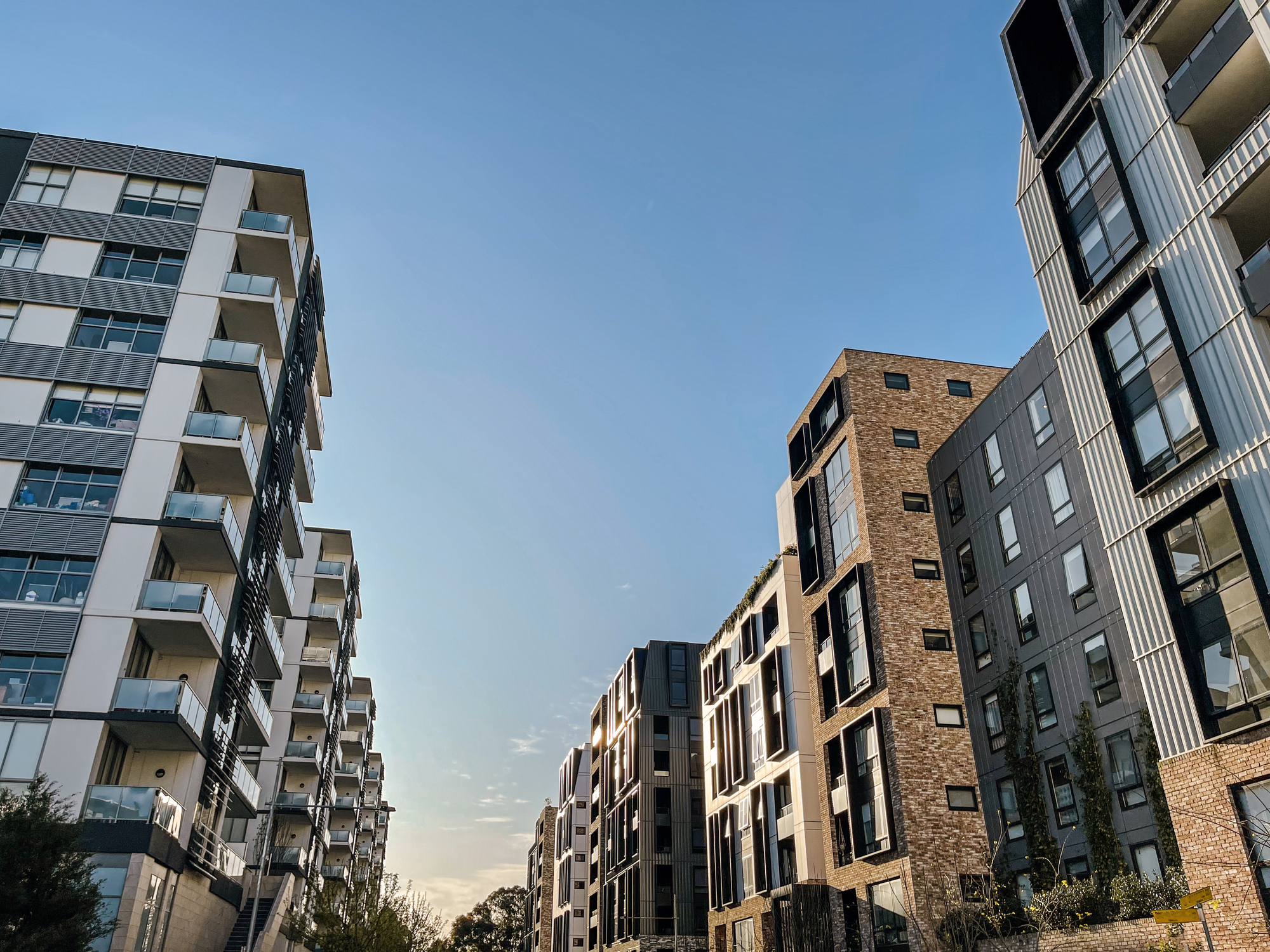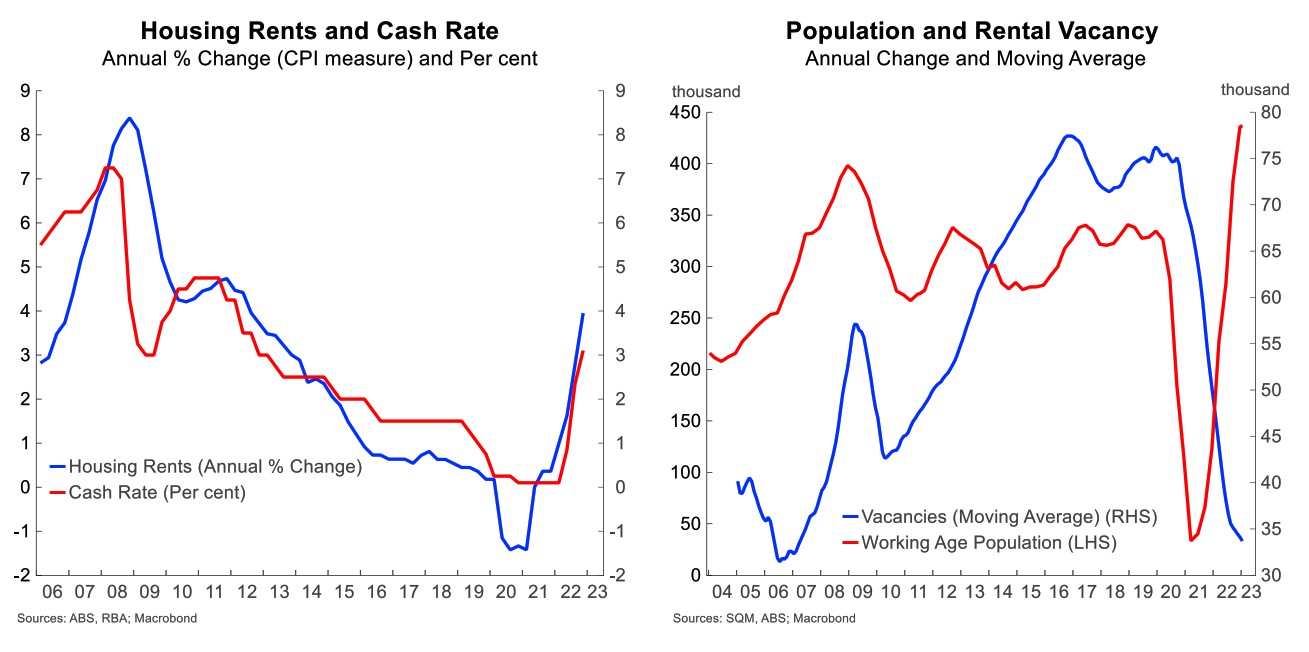Rental squeeze to get worse before it gets better

Advertised rent prices are set for another double-digit increase in 2023, according to Westpac business bank economists. (Getty)
Australia’s housing rental market is caught in a perfect storm of surging demand and tight supply, with the price squeeze likely to get worse before it gets better.
Economists from Westpac Business Bank expect advertised rents to increase by a further 11.5 per cent in 2023, on top of the 10 per cent rise recorded to 2022. If this forecast is realised, it would be the sharpest annual increase on record.
The seeds of the rental crisis were sown during the pandemic, when COVID restrictions meant people were spending more time at home and required more living space. As a result, there was a decline in the average number of people living in a dwelling, and in turn fewer rental vacancies. Inevitably, that led to a sharp rise in advertised rents.
Now borders are open, including in China, and the inflow of migrants and international students is gathering pace, putting further strain on an already tight market.
Upward pressure on rents is also coming as landlords pass on their higher interest costs.

Meanwhile, a supply-side response in the form of new apartment developments will come with a longer than usual lag. The rise in interest rates and building costs has constrained the residential construction pipeline, along with the country’s well-publicised labour shortages.
The Housing Industry Association is forecasting that the number of dwellings starting construction is set to decline this year and in 2024 to its lowest level since 2012 – pointing to further weakness in residential construction.
Eventually, higher rents will entice investors to return to the market to offer new supply in certain pockets, but we expect this could take some time given higher interest rates and elevated construction costs.
Higher advertised rents will take time to feed through to existing rents, as rental agreements take time to expire. We expect existing rents to increase on average by up to 7.5 per cent in 2023, on top of the 4 per cent recorded in 2022. The 2023 increase would be the biggest since 2008.
The total rental bill for the one-third of Australian households who rent is set to lift by up to $10 billion by the end of 2023. Renters tend to be low- and middle-income households with smaller savings buffers and if they are forced to rein in their non-housing spending, consumption could be up to 1 per cent lower by the end of 2023.
Renters entered this hiking cycle in an already vulnerable position. Housing costs for this group as a share of their income was close to a record high - around 5 percentage points higher than for households with a mortgage. As a result, they have less capacity to deal with higher prices.
How renters respond remains to be seen. There could be a shift back towards households with a larger number of people. Either way, the return of migrants coupled with the lack of additional rental supply will put further upward pressure on rents.
